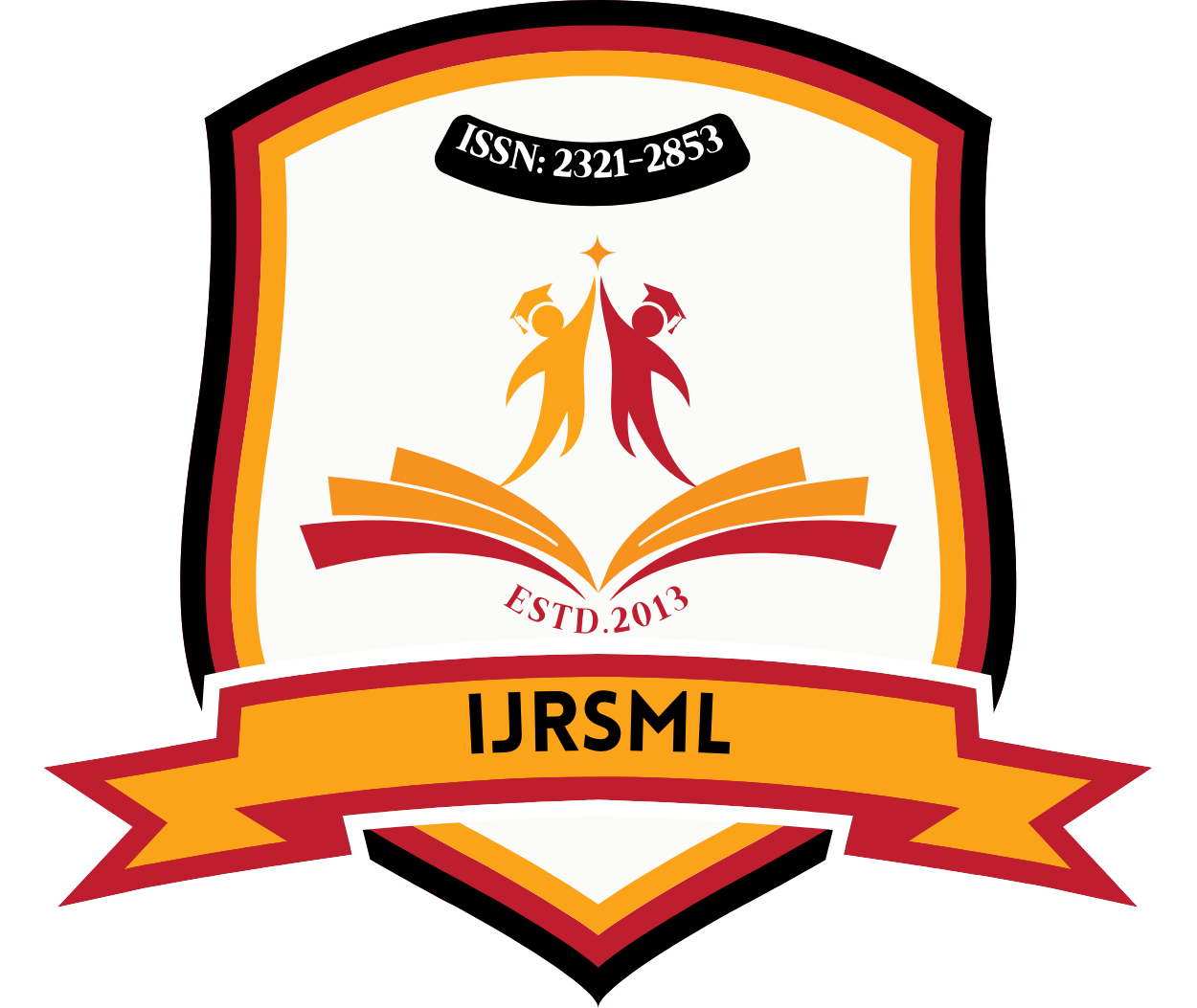![]()
Published Paper PDF: Download PDF
DOI: https://doi.org/10.63345/ijrsml.v13.i1.1
Certificate Link: View Certificate
Dr. Nidhi Tyagi
Independent Researcher
Aditiya World City, Ghaziabad
Abstract
The body of William Shakespeare’s work has always transcended temporal, geographical, and cultural boundaries, being relevant for over four centuries. In the modern 21st century, the emergence of social networking sites has fundamentally changed the modalities of literary engagement, generating new modes of adaptation, interpretation, and community formation around Shakespeare. This essay discusses in more detail how Shakespeare’s plays, sonnets, and cultural status are being reinterpreted in online arenas, including TikTok, Instagram, Twitter (now X), YouTube, and online theatre streaming platforms. It discusses how memes, micro-videos, fanfiction, and interactive performances shape audience engagement, the democratization of literary debate, and the transgression of traditional boundaries around access to the Bard’s plays. The research utilizes a holistic literature review involving both scholarly and media sources, and qualitative digital ethnography, to shed light on contemporary developments. The research findings confirm that social media causes a double process: the preservation of the cultural heritage of Shakespeare through enhanced access and innovation, and the adaptation of his work into malleable cultural commodities that are responsive to contemporary identities and concerns. Lastly, the research concludes that Shakespeare’s timelessness is being reimagined by the affordances of participatory media, where interactivity, humor, and instantaneity are reframing the ways his works are being performed, interpreted, and understood.
Keywords
Shakespeare, social media, digital humanities, literary adaptation, TikTok Shakespeare, meme culture, participatory media, online theatre, digital storytelling, cultural reimagining.
References
- Sullivan, E. (2018). Shakespeare, Social Media, and the Digital Public Sphere: Such Tweet Sorrow and A Midsummer Night’s Dreaming. Explores two Royal Shakespeare Company social media adaptations.
- Sullivan, E. (2022). Shakespeare and Digital Performance in Practice. Analyzes digital technologies’ impact on theatrical performance of Shakespeare. Academia
- Lavagnino, J. (2014). Shakespeare in the Digital Humanities. In Shakespeare and the Digital World, outlines the historical development of DH in Shakespeare studies.
- Li, X. (2025). A bibliometric review and trend analysis of Shakespeare studies (2000–2023). Map’s themes like adaptation and digital humanities via bibliometrics. Nature
- Aebischer, P., Barker, M., & Wyver, J. (2022). Shakespeare and Digital Performance in Practice (editor/related contributors). Covers digital performance, live broadcasting, VR, and pandemic-era productions.
- Gazarian, E. (2022). Shakespeare Unbound: How Digital & Social Media Transformed Performance & Audiences (master’s thesis, Harvard University). Investigate digital and social media transformations in Shakespeare performance and audience engagement. harvard.edu
- Joubin, A. A. (2022). Uncomfortable Bedfellows: Shakespeare and Global Studies. Examines fluid, contemporary, digital adaptations across global contexts. OpenEdition Journals
- O’Neill, S. (Guest Editor). (2018). Shakespeare and Digital Humanities: New Perspectives (Special Issue, Humanities). Calls for DH applications in understanding and teaching Shakespeare, including social media and archives. MDPI
- Fishlin, D., & Fortier, M. (2000). Adaptations of Shakespeare: A Critical Anthology of Plays from the Seventeenth Century to the Present. Explores contemporary Canadian adaptations and online resources via CASP.
- Antoniak, M., Mimno, D., Thalken, R., Walsh, M., Wilkens, M., & Yauney, G. (2024). The Afterlives of Shakespeare and Company in Online Social Readership. Compares historical reading community with Goodreads via quantitative analysis. arXiv
- Swisher, C., & Shamir, L. (2023). A data science and machine learning approach to continuous analysis of Shakespeare’s plays (arXiv). Stylometric analysis reveals temporal changes in writing style across Shakespeare’s work. arXiv
- Jhamtani, H., Gangal, V., Hovy, E., & Nyberg, E. (2017). Shakespeare Modern Language Using Copy‑Enriched Sequence‑to‑Sequence Models (arXiv). Models that convert modern English into Shakespearean style. arXiv
- Lee, J. (2017). Shakespeare’s Tragic Social Network; or Why All the Ghosts. Digital Humanities Quarterly essay using network visualization in Shakespeare studies. org
- Nature Communications or Nature study (2025). Bibliometric review and trend analysis of Shakespeare studies (detailed earlier). Useful for context on thematic trends and methods. Nature
- Wikipedia—Internet Shakespeare Editions (ISE), an open-access scholarly platform with annotated texts, multimedia archives, and performance databases. Wikipedia
- Wikipedia—Digital humanities. Overview of DH and its intersection with literary scholarship, including Shakespeare studies.
- Wikipedia—Open-Source Shakespeare. Free searchable digital collection of Shakespeare’s complete works launched 2003.
- Falter, E. (2020). Much A‑Zoom About Nothing. Details digital performance strategies navigating the challenges of online adaptation.
- Sharrock, B. (2024). Viral Shakespeare (Elements in Shakespeare and Performance). Examines born-digital performance and digital dissemination of Shakespeare. borrowers-ojs-azsu.tdl.org
- Sullivan, E. (2023). Introduction: Remixing the Classics (in Adaptation journal). Explores the intersection of classic literature and digital culture, including digital adaptation of Shakespeare.
